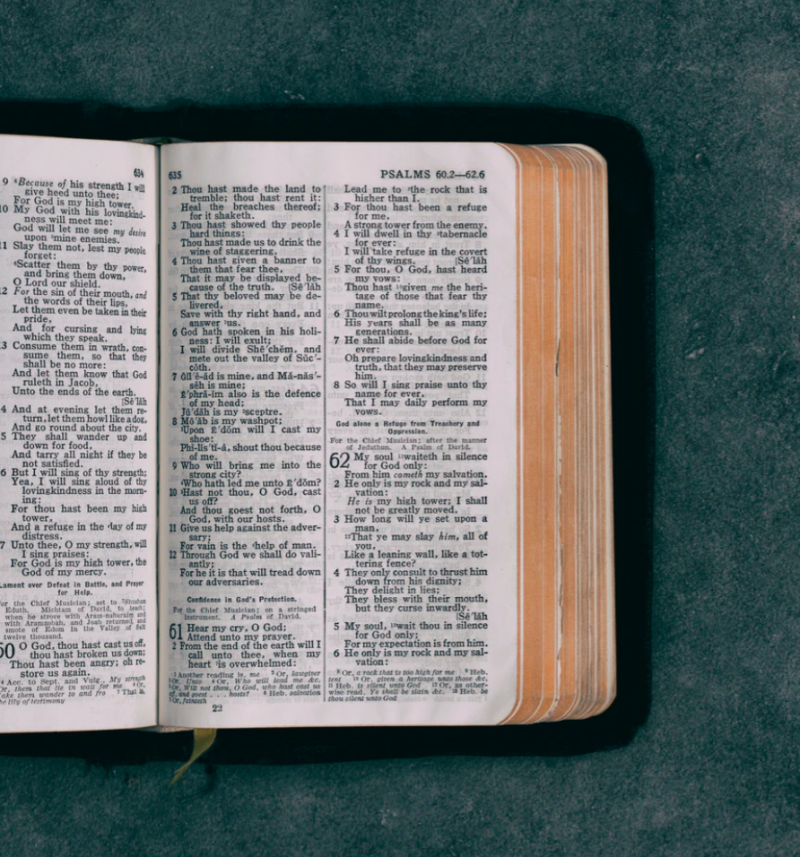
A small seal linked to the Bible's King Hezekiah was discovered by Israel's archaeology experts.
The seal, which is called LMLK seal, is believed to be stamped on the treasures and royal taxes of the Old Testament king of Judah, United Kingdom's Daily Express wrote.
The royal seal was excavated in Jerusalem's Arnona neighborhood by the archaeologists of Israel Antiquities Authority (IAA). The seal, which is made of clay, is linked to the Iron Age Kingdom of Judah covering the period 930 to 586 BC. This type of seal is said to be known as LMLK (reads as "lamelekh") seal. The inscription stands for the Hebrew letters "lamedh mem ladh kaph" which translates to "of the king" or "belonging to the king."
The report said that the first LMLK seals were issued during the reign of King Hezekiah which dates back to 700 BC. The 13th king of Judah, Hezekiah is one of the most influential people of the Old Testament and is also listed as one of the ancestors of the Lord Jesus Christ.
According to the IAA, the LMLK seal was found together with a vast collection of seal impressions.
"The impressions were stamped with the letters 'LMLK' (belonging to the king) written in ancient Hebrew script and the name of the ancient city in the Kingdom of Judah," the IAA said.
Also found among the Arnona impressions are seals associated with people in the Kingdom of Judah carrying the names of senior officials and wealthy individuals. These names include Naham Abdi, Naham Hatzlihu, Meshalem Elnatan, Zafan Abmetz, Shaneah Azaria, Shalem Acha and Shivna Shachar, The Times of Israel reported.
Showing a person's royal status, LMLK seals are often decorated with two-winged or four-winged figures.
Jeremy Stein, Educational Content Development and Teaching Strategist of the Center for Holy Land Studies (CHLS), said that to signify ownership, the seals were imprinted in the hands of jars. These jars are thought to contain royal possessions and tax collections that have been divided across the kingdom.
During Hezekiah's time, Israel was divided into two parts comprising the Kingdom of Israel in the north and the Kingdom of Judah in the south. Jerusalem was then the southern seat of power while Samaria was the northern kingdom's capital.
"Most likely what we see is that these are coming from the time when Hezekiah is king and the northern kingdom is being ravaged or already has been destroyed by their enemies to the north, the Assyrians. The Assyrians are making their way all the way down to the south under their king Sennacherib to eventually sack Jerusalem. On the way, they sack cities such as Lachish and utterly destroy it," Stein explained.
The LMLK seals are said to be possibly stamped on jars containing the treasures that Hezekiah has divided among different cities, anticipating an attack from the north. In this way, royal treasures will not fall in the hands of the enemy by sacking just a city.
"By looking at these we can understand a little about history that we see inside the Old Testament, and hold a piece of Hezekiah's kingdom specifically in our hands," the CHLS strategist further stated.
In 2015, Hezekiah's own personal seal or bula was excavated in Ophel, Jerusalem. It measures about one centimeter across and bears a Hebrew inscription that translates "Belonging to Hezekiah (son of) Ahaz King of Judah."
Bearing a two-winged figure, Hezekiah's seal resembles that of LMLK seals.

























